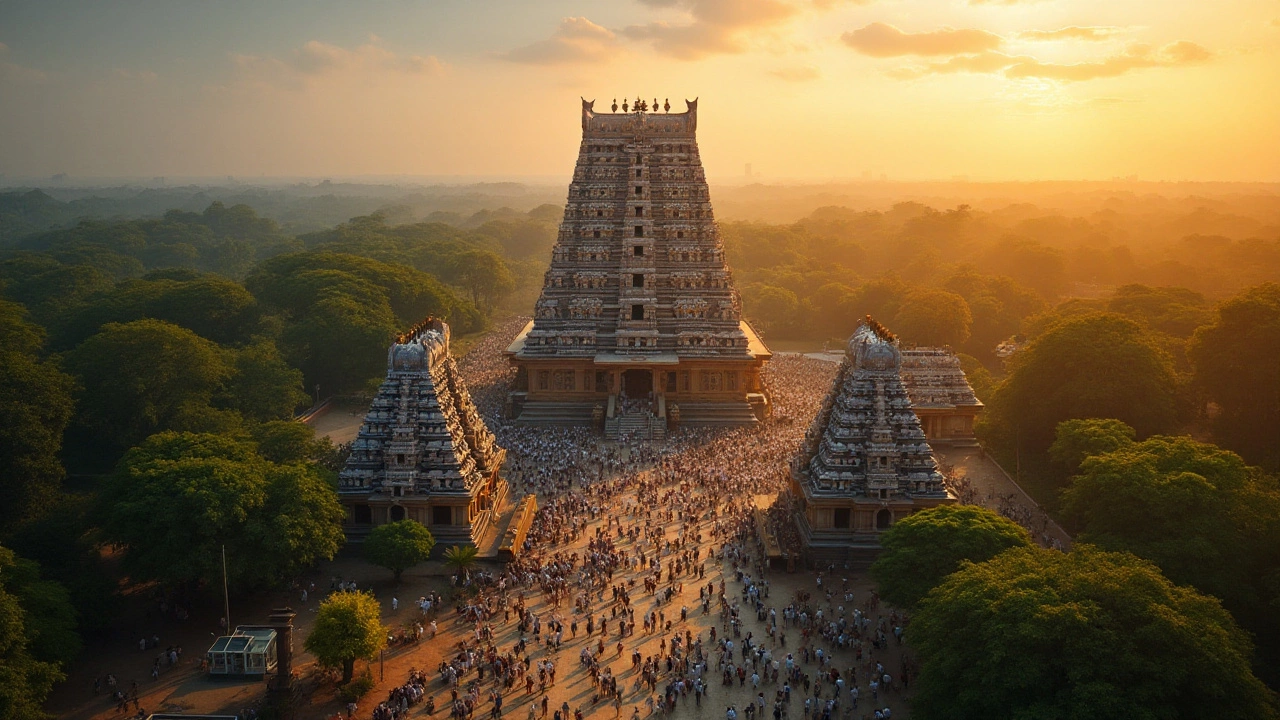Rameswaram: Sacred Island, Pilgrimage Hub, and Hidden Gem of South India
When you think of Rameswaram, a sacred island town in Tamil Nadu, India, tied to the epic Ramayana and home to one of the twelve Jyotirlingas. Also known as Dhanushkodi, it is one of the four Char Dham, the four most sacred pilgrimage sites in Hinduism that every devout Hindu aims to visit in their lifetime. Unlike crowded spots like Varanasi or Haridwar, Rameswaram offers a quiet, deeply spiritual rhythm — where the sound of waves blends with temple bells, and the air smells of incense and salt.
Rameswaram isn’t just about one temple. It’s a cluster of over 20 ancient shrines, all connected by a massive corridor of 1,200 pillars — the longest in India. The main Ramanathaswamy Temple, dedicated to Lord Shiva, is where legend says Lord Rama built a lingam to atone for killing Ravana. Pilgrims walk the full length of the temple, touching each of the 22 holy wells, each believed to have water from a different sacred river. This isn’t just ritual — it’s a physical journey through faith. The island’s geography adds to its power: it sits between the Bay of Bengal and the Indian Ocean, making it a natural spiritual crossroads. Nearby, the ruins of Dhanushkodi — a town swallowed by a 1964 cyclone — stand as a haunting reminder of nature’s force and the resilience of devotion.
Many travelers confuse Rameswaram with just a religious stop, but it’s also a cultural bridge between North and South India. You’ll find Tamil-speaking locals, Sanskrit chants echoing through corridors, and pilgrims from as far as Uttar Pradesh and Bihar. The food is simple but powerful — hot dosas with coconut chutney, jaggery sweets, and temple prasadam that tastes like it’s been blessed by the sea itself. If you’re planning a temple tour in South India, Rameswaram isn’t an add-on — it’s a cornerstone. It connects to other major sites like Madurai, Kanyakumari, and the backwaters of Kerala, making it the perfect anchor for a spiritual road trip. Below, you’ll find real traveler stories, temple etiquette guides, and practical tips on how to navigate this sacred island without missing its deepest meaning.
